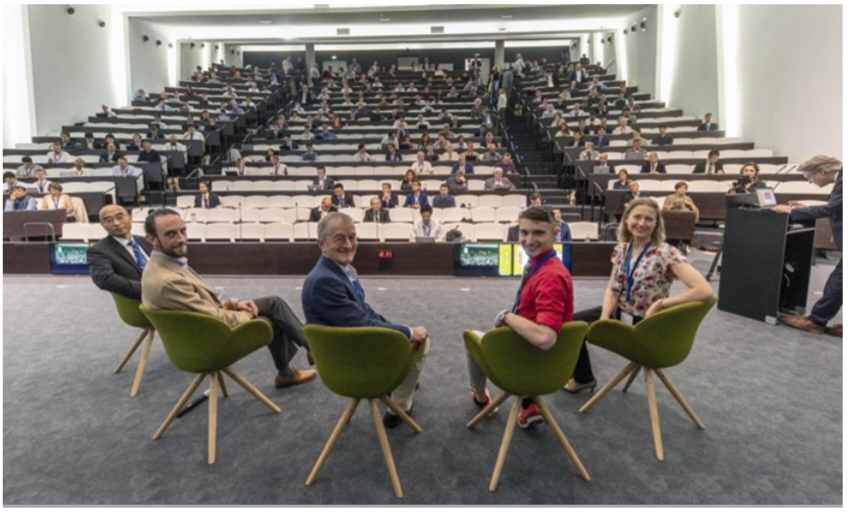Approximately 350 attendees—fusion startups, managers and scientists, suppliers, public research institutes, Domestic Agency and ITER Organization representatives—registered for the three-day workshop at ITER Headquarters.
The global fusion landscape is undergoing a profound mutation. In the ambition of harnessing “the energy of the Sun and stars,” public projects, government or university-funded, are not alone anymore. Over the past few years, scores of small, nimble, daring private ventures, have managed to gather considerable financial support to explore new, sometimes exotic avenues to bring fusion energy to the grid.
Pursuing the same goal and encountering some of the same challenges, public ventures like ITER and private startups have a lot to share. In the long tradition of fusion openness and generous collaborations, establishing public-private synergies appears today not only as desirable, but as indispensable.
This is precisely what the “Inaugural Private Sector Workshop,” which opened at ITER Headquarters on Monday 27 May, intends to establish. For three days, fusion startups, managers and scientists, suppliers, public research institutes, Domestic Agencies and ITER Organization representatives will meet, compare notes, and explore possible paths to collaboration.

The first panel and Q&A session, moderated by Fusion Energy Insights founder and CEO Melanie Windridge, was about … tokamaks. From left to right: Minsheng Liu, President, ENN Energy Research Institute; David Weisberg, Senior Scientist at General Atomics; David Kingham, Executive Vice Chairman at Tokamak Energy; and Alex Creely, Director of Tokamak Operations at Commonwealth Fusion Systems.
“Our project is useful to all of you,” said ITER Director-General Pietro Barabaschi in his opening address. The moment could be historic—the birth of a truly global fusion community, without distinction of size or status and united in a common ambition.

